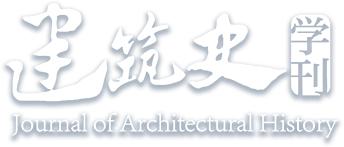Abstract:
The
huabiao (ornamental columns) at Tian’anmen stands as a symbol of Chinese imperial power with profound cultural connotations. In contemporary times, it has also acquired distinctive symbolic meanings. Nevertheless, there is a scarcity of modern documentation that offers a detailed interpretation of the origins of the
huabiao at Tian’anmen. This paper presents a comprehensive study of the
huabiao, drawing from integrated records of its formation and development. It delves into the historical evolution of
huabiao constructed on sacred thoroughfares, bridges, and royal edifices, exploring the interconnections among them. Building upon previous scholarship, the paper further elucidates, against the backdrop of royal architectural history, how the
huabiao at Tian’anmen was inspired by the structure of the Lingxing Gate in front of the Zhou Bridge during Yuan dynasty. Additionally, it highlights how this
huabiao has inherited the tradition from that of royal bridges in the process of reinstating the policy of
wumen sanchao in the early years of Ming dynasty.


 下载:
下载: